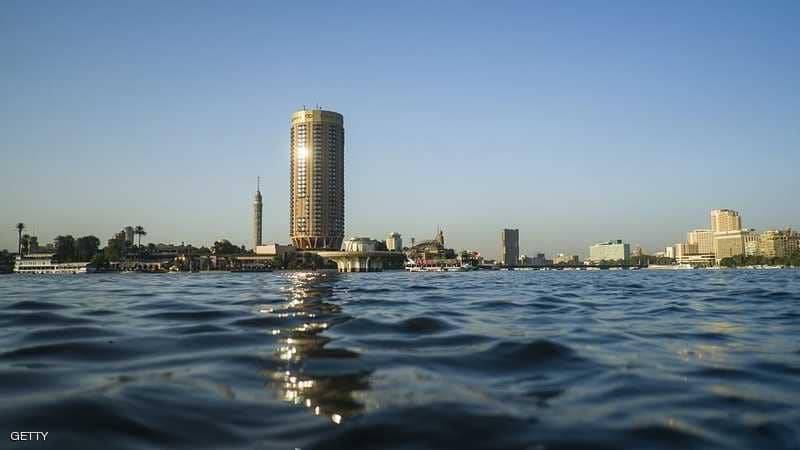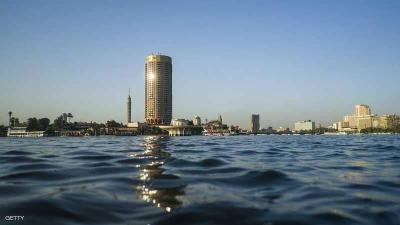On Saturday, South Sudan announced its plans to realize a decade-long dream of building a large dam on the Nile River to provide electricity and prevent devastating floods. The project is located on the Siyoi River, one of the branches of the main Jur River in the Bahr el Ghazal basin, about 9 kilometers south of the city of "Wau" in South Sudan. The dam aims to generate 10.40 megawatts of electricity, provide drinking water for approximately 500,000 people, and use the water for supplemental irrigation for about 30,000 to 40,000 acres.
Deng Dau Deng, South Sudan's Deputy Minister of Foreign Affairs, stated in an interview with the UAE newspaper "The National": "Our country suffers from floods, electricity shortages, water scarcity, and poor infrastructure, and the project is part of the government’s plan, which will be financed by oil revenues." He continued, "Look at our country today; most of South Sudan is flooded as we speak, while the Upper Nile State is submerged. We have not had the opportunity as a nation to think and plan, and we must consider the needs of the population and the growing industries."
Regarding the details of the dam, Deng mentioned that the Ministry of Irrigation has instructed to start preliminary studies to assist in preparing construction plans, including the height of the dam, the reservoir size behind the dam structure, and the number of turbines it can operate. He added: "When building the dam, we will take into account the environmental impact, the hydrological factors of groundwater, and sustainability, along with expected damages and problems."
In a statement on Saturday, Egypt's Ministry of Water Resources and Irrigation clarified that it had prepared studies for the "Wau" dam project in South Sudan. The Ministry confirmed that experts from the National Water Research Center had conducted hydrological, hydraulic, and topographic studies, as well as geological, geotechnical, structural, and environmental studies, and preliminary design works for the dam and its related structures.
The Egyptian Ministry of Irrigation mentioned that it contracted with the Egyptian Ministry of Electricity and Energy to undertake the design work for the power station and its accessories and to conduct the economic feasibility study through one of its specialized companies that collaborated with a major consulting firm to prepare the necessary studies. The Ministry confirmed in its statement that the studies were delivered to the authorities in South Sudan in 2015.
South Sudan is located west of Ethiopia and is bordered by Sudan and Egypt to the north. The White Nile flows through the country, one of the main tributaries that feed into the Nile River. It meets and merges near Khartoum with the Blue Nile, which flows from the Ethiopian highlands. Seasonal rains hit the ten states of South Sudan for at least seven months of the year, sending massive torrents of water into the White Nile, but they have also caused flooding.




